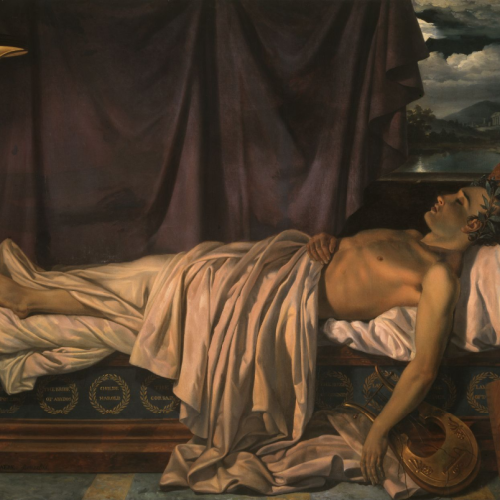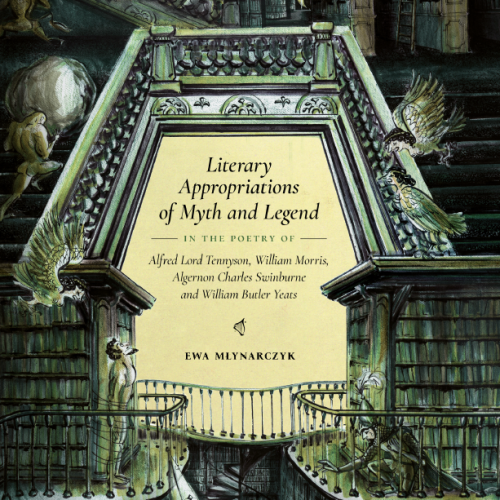text by Lucyna Krawczyk-Żywko
This question has motivated numerous texts – plays, novels, short stories, parodies, pastiches, fanfiction, ‘Grand Game’ studies, movies, TV shows, video and board games – and apparently both their creators and the audiences are still fascinated with its (im)possible outcomes. Sherlock Holmes and Jack the Ripper have developed in parallel and, up to this point, have been examined extensively but separately. Studies analysing their joint appearances are sparse and mostly take the form of overview chapters or articles devoted to particular titles (e.g. Burnip 2017; Coville and Lucanio 1999/2008; Jaëck 2009) but there are some notable exceptions (Lonsdale 2002; Lavën 2013; Willis 2007). The sheer number of works pitting the great detective against the notorious criminal piqued my interest a few years ago and resulted not only in the versus narratives label, but also a book discussing such hybrid adaptations that combine Holmesian and Ripperean paradigms.

Sherlock Holmes and Jack the Ripper entered the Victorian era almost simultaneously, respectively via a literary text in 1887 and a letter in 1888. By the time the Whitechapel killer committed his last canonical murder, a new form of writing had already appeared – “Ripperature”: fictional and non-fictional writings devoted to the murders; Holmesian parodies and pastiches begun as early as 1888, with their catalogue consisting of thousands of titles and still growing. Both characters were equipped with symbolic signifiers: Jack the Ripper has his top hat, Gladstone bag, and cape, while Sherlock Holmes a deerstalker, a pipe, and an ulster; both sets are supplemented with the Victorian London attributes of fog, cobbled streets, and gaslight. They all add to the hyperreality created around them in museums and various walks and tours, a hyperreality ceaselessly examined by fans and scholars alike in parallel research paths of Ripperology and Sherlockology.
Holmes and the Ripper have been turned into icons of the late-Victorian London and narrative-generating transfictional characters. The binary oppositions that shape the narrative framework of the versus narratives – a detective and a criminal, authority and anarchy, reason and madness, logic and instinct, composure and passion, order and chaos, morality and immorality, social justice and social taboos – reflect the fascination with the concept of a double. What makes the Holmes versus the Ripper narratives interesting for me is the clash of the “old” with the “new”. On the one hand, there are some narrative elements and formulas that have been associated with both of them, such as the setting or the portrayal of the police, and each of them separately, for example the visual signifiers; on the other, there are some meta- and intertextual transformations, such as the medium, genre, sequence of events or suspects. It is the relationship between the traditional and the novel that is at the core of the popularity of the versus narratives among the producers and consumers of popular culture, or, should we say, participatory culture (Jenkins 1992), in which the distinction between the two is so blurred that we may talk about prosumers or producers, and where fan fiction has found its proper place.
Both figures are malleable and adjust well to the changing times, trends, theories, media, and expectations, resulting in their rewritings being believable in almost any story arc. The most pertinent are the overlapping shifts within crime and historical fiction, of which neo-Victorianism is a subgenre. If an irreverent approach to the classics is your cup of tea and you remember John Watson’s commentary on his dear friend – “what a terrible criminal he would have made had he turned his energy and sagacity against the law instead of exerting them in its defence” (The Sign of the Four), then the idea of the detective as criminal will not offend you. Still, the majority of the versus narratives position the killer as the detective’s worthy opponent and despite the apparent possibility of resolving the ambiguity of the historic mystery, certain Doylean trappings make the majority of the versus narratives perpetuate the myth of Jack the Ripper as a proficient perpetrator of inexplicable crimes. Holmes’s deductions depend as much on his observational skills as on Victorian stereotypes, which include both victims and police force. Although some versus narratives try to decentre – and sometimes demystify – the great detective in a neo-Victorian manner, his cultural presence seems to be too strong to be overshadowed by other characters making attempts at deducing the identity of the Whitechapel killer, including Arthur Conan Doyle.
The absence of the Whitechapel murders case from Doyle’s Canon left a gap that has been constantly filled with new and old ideas. My list of primary sources includes around 120 titles which I perceive and treat as a dialogic network of transfictional and transmedial texts, informed by and reflective of broader tends and phenomena, such as cultural memory, neo-Victorianism, Ripperology, as well as shifts within adaptation and crime studies. Dive in.
Link to the publisher’s website: Holmes and the Ripper: Versus Narratives (Palgrave Macmillan)
References:
Burnip, Richard. 2017. “Reason Run Riot”: Holmes and the Ripper in A Study in Terror and Murder by Decree. Journal of Popular Film and Television, 45: 2, https://doi.org/10.1080/01956051.2017.1319243.
Coville, Gary and Patrick Lucanio. 2008 [1999]. Jack the Ripper. His Life and Crimes in Popular Entertainment. Jefferson, North Carolina, and London: McFarland & Company, Inc., Publishers.
Jaëck, Nathalie. 2009. The Strange Case of Dr Doyle and Mr Dibdin: The Last Sherlock Holmes Story as Literary Hyde. In Rewriting/Reprising: Plural Intertextualities, ed. Georges Letissier, 101–112. Newcastle upon Tyne: Cambridge Scholars Publishing.
Lavën, Helen. 2013. Detectives, Doctors and Degenerates: Sherlock Holmes and Jack the Ripper. https://www.waikato.ac.nz/__data/assets/pdf_file/0004/167053/H-Laven-Detectives-doctors-and-degenerates.pdf. Accessed 2 December 2022.
Lonsdale, Kate. 2002. Rounding Up the Usual Suspect. Echoing Jack the Ripper. In Functions of Victorian Culture at the Present Time, ed. Christine L. Krueger, 97–114. Athens, Ohio: Ohio University Press.
Willis, Martin. 2007. Jack the Ripper, Sherlock Holmes and the Narrative of Detection. In Jack the Ripper. Media, Culture, History, eds. Alexandra Warwick and Martin Willis, 144–158. Manchester and New York: Manchester University Press.

